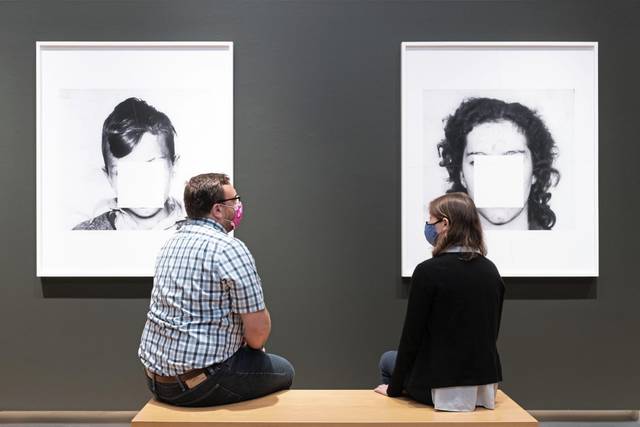Kira Yeversky and Tom Fisher: Celebrating the Pittsburghers Behind Carnegie libraries, museums
Generations of Pittsburghers have expanded their horizons through the vast collections at the Carnegie Library of Pittsburgh and explored the world through captivating exhibits at the Carnegie Museums.
While these buildings bear the name of the steel baron who funded their construction, we believe it’s important this Labor Day to remember the union workers who really brought these 125-year-old institutions to life as well as those laboring hard to ensure they remain strongholds of learning and culture.
The Pittsburghers who toiled in Andrew Carnegie’s mills will never have their names inscribed on bronze plaques or their portraits displayed in gilded frames. But they were truly the city’s first patrons of the arts. Their sweat and blood created the exorbitant wealth that enabled Carnegie to establish the library and museum systems.
Carnegie infamously proclaimed the libraries “free to the people,” but in truth, working-class Pittsburghers paid a heavy price for them. Today, hundreds of workers at the libraries and museums honor those sacrifices with a steadfast commitment to public service.
We’re proud to be two of them.
These clerks, librarians, library assistants, reader advisers, collection specialists, visitor services staff members, educators, store associates and special events workers, along with many others on the front lines and behind the scenes, all have vital roles in sustaining these world-class centers of equity and enlightenment.
Every visit to a library or museum represents a potential turning point in a person’s life. That’s why we provide community members with expert help as they select books for their studies, use computers to apply for jobs and delve into genealogical archives to connect with their families.
We guide the libraries and museums in assembling diverse collections that educate and inspire. And we carefully curate exhibits on art, science and history that illuminate the past and open windows on the future.
We feel a special bond — especially on Labor Day — with those early steelworkers who laid the foundation for our work. That’s partly because we also formed unions to better provide for our families and gain a voice on the job.
As members of the United Library Workers and United Museum Workers, both affiliates of the United Steelworkers (USW), we represent the evolution of America’s labor movement. The USW continues to fight for workers in steel mills and other manufacturing settings while also serving members in a growing number of other workplaces, such as libraries and museums as well as universities, public schools, health care and the tech industry.
Now, we have a seat at the table. When we make suggestions and raise concerns, we do so as management’s equals. This enables us to build stronger institutions because no one knows the museums and libraries better than the people responsible for them around the clock.
Through our unions, for example, we had extensive input into developing the covid-19 protocols that continue to protect all of those entering our buildings. These safeguards wouldn’t be as thorough or effective without the recommendations of our colleagues, who bring a wide range of skills, ideas and experiences to every issue affecting our workplaces.
Solidarity through the USW already has drawn workers across the Carnegie systems into a richer collaboration yielding many suggestions for new programs and enhanced customer experiences. And our fight for fairer treatment for all workers will reduce turnover, enhance institutional knowledge and enable us to provide ever better service to visitors, authors, artists, benefactors and other stakeholders.
Ordinary Pittsburghers made these libraries and museums the pride of this city and the envy of many others. Along with our colleagues, we’re committed to building on that legacy and ensuring these institutions remain riches for the entire community to share.
Kira Yeversky is a clerk at the Carnegie Library of Pittsburgh’s Homewood branch. Tom Fisher is the multimedia producer at the Carnegie Museum of Art in Oakland.
Remove the ads from your TribLIVE reading experience but still support the journalists who create the content with TribLIVE Ad-Free.

